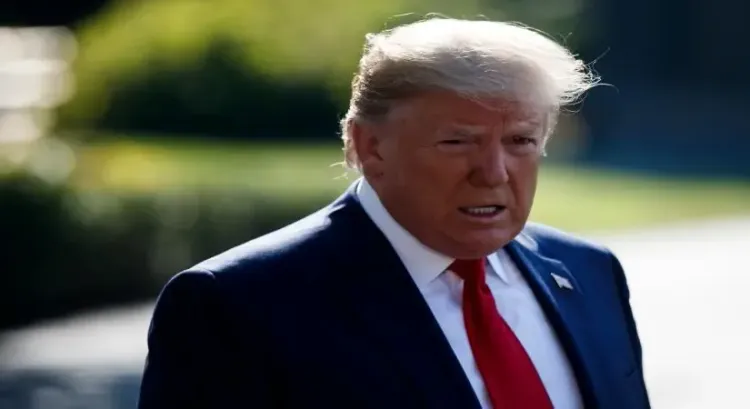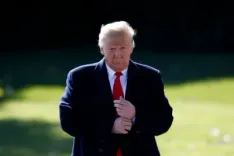Will Trump Impose a 35% Tariff on Canada Starting August 1?

Synopsis
Key Takeaways
- 35% tariff on Canadian imports starts August 1.
- Trump links tariff to fentanyl trafficking concerns.
- Potential for further tariff increases based on Canadian response.
- Negotiations may alter the tariff if Canada cooperates.
- Trade tensions are escalating with other countries as well.
Washington, July 11 (NationPress) - US President Donald Trump has declared that a 35% tariff will be implemented on all imports from Canada starting August 1. This decision is attributed to what he has characterized as Canada’s insufficient efforts to control the influx of fentanyl into the United States.
In a correspondence directed to Canadian Prime Minister Mark Carney, which was also made public through his social media platform, Trump warned that the tariff could escalate if Canada retaliates with similar measures.
He also indicated a willingness to negotiate, stating, “If Canada collaborates with me to halt the flow of fentanyl, we might consider modifying this letter.” He further mentioned that the tariffs could be adjusted based on the evolving relationship between the two nations.
These comments come despite evidence indicating that the majority of fentanyl trafficked into the United States actually enters through the southern border with Mexico, not the northern border with Canada.
Recently, Trump has intensified his trade war, introducing new tariffs on various countries. Alongside Canada, he has recently imposed additional tariffs on Japan and South Korea, and announced a 50% tariff on imported copper.
In a separate interview with NBC News released Thursday, Trump hinted that more nations could soon face broad tariffs ranging from 15% to 20%, depending on their trade practices and cooperation related to security matters.
Previously, the United States had enforced a 25% tariff on several Canadian goods, although many items were later exempted under the terms of the 2020 United States-Mexico-Canada Agreement (USMCA). It remains uncertain whether these exemptions will still apply when the new tariffs come into effect.
As of now, Prime Minister Carney has not provided a formal response.






